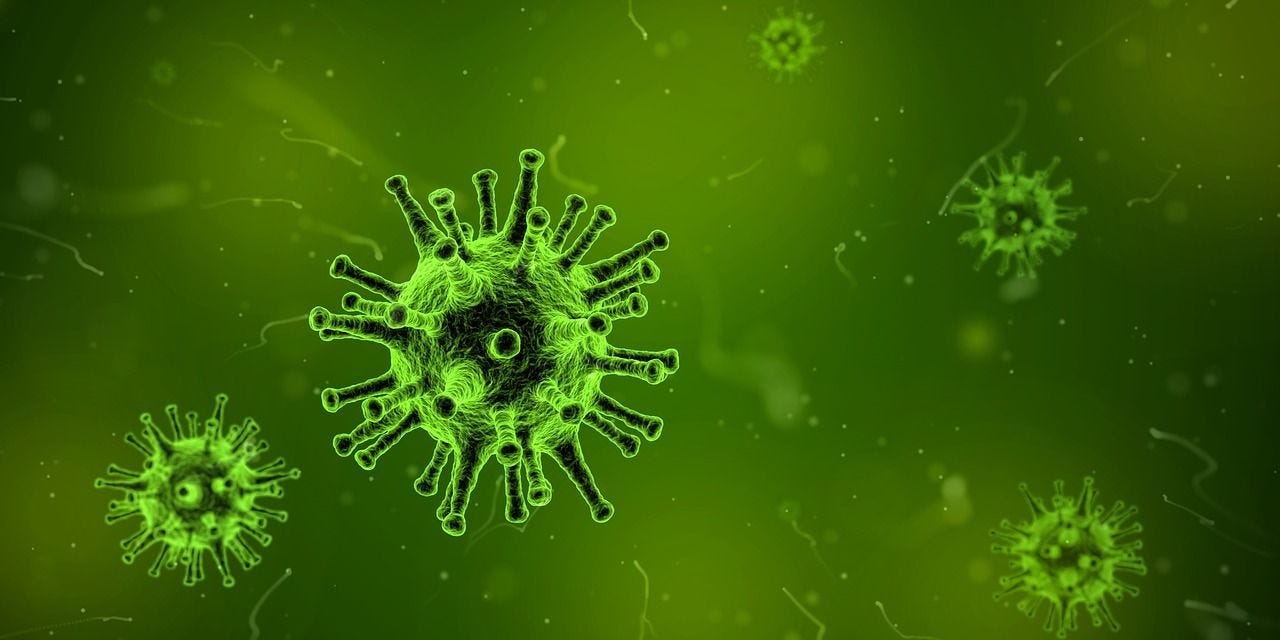Bacteria may be transmitted over thousands of miles by air!

How do bacteria get transmitted? This is an important question for handling large ecological and epidemiological situations around the world. A team has found out that bacteria may be able to travel thousands of miles by air – across oceans even.
In a truly remarkable study by a team at Rutgers University-New Brunswick, found identical pieces of viral DNA within the DNA of bacteria from distant hot springs. Basically, the team collected samples of bacterial DNA for the heat-loving Thermus thermophilic bacteria from far off places like Mount Vesuvius (in the hot gravel) and hot springs on Mount Etna in Italy, El Tatio region in northern Chile, southern Chile’s Termas del Flaco region, and those in the Uzon caldera in Kamchatka, Russia.
The molecular memories are found in the CRISPR arrays. The bacteria which survives any infection attacks passes on its DNA to its offsprings and along with it goes the viral DNA embedded in its DNA.
If, as the researchers say, the viral DNA within the Bacterial DNA sequences is identical and no living being would be transmitting bacteria which thrive in 160 degrees Fahrenheit, then chances are that the transmitting agent is different.
“Because the bacteria we study live in very hot water, about 160 degrees Fahrenheit, in remote places, it is not feasible to imagine that animals, birds or humans transport them. They must be transported by air and this movement must be extended as bacteria in isolated places share common characteristics,” Severinov said. (source)
That’s Konstantin Severinov, Professor at the Rutgers University-New Brunswick who led the study.
Until now, human to human to human contact was supposed to be the most potent way of spreading a bacteria.
The major medium of transmission is through nasal secretions, particularly from lepromatous patients, and the mechanism of infection consists of nasal droplets entering the mucosa of the respiratory tract and spreading to the skin and peripheral nerves Britton (1999). Other modes of transmission include breast milk from infected mothers and cutaneous infection Britton (1999). Contact with infected soil and insect vectors are other means of transmission Gelber (2001). (source)
This rather potent way of transmission and travel of bacteria may raise difficult problems for the humanity, if a particularly resistant bacteria hits the planet.



